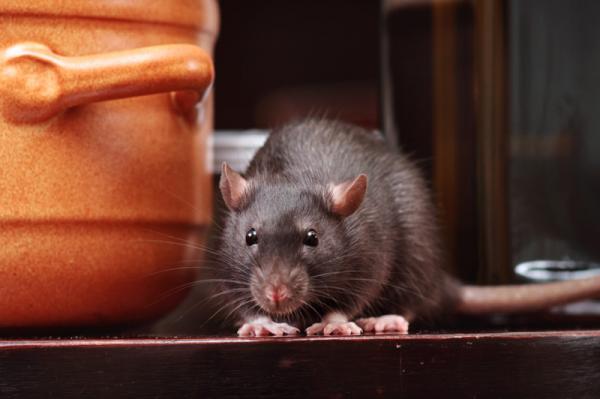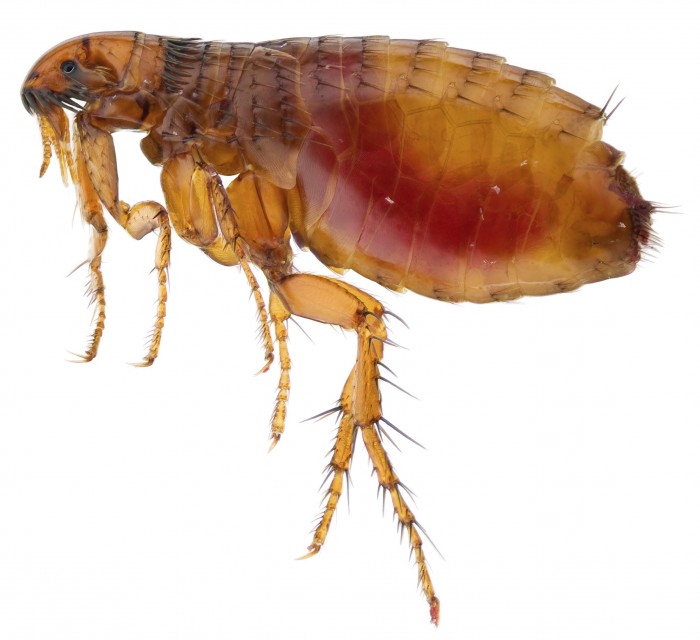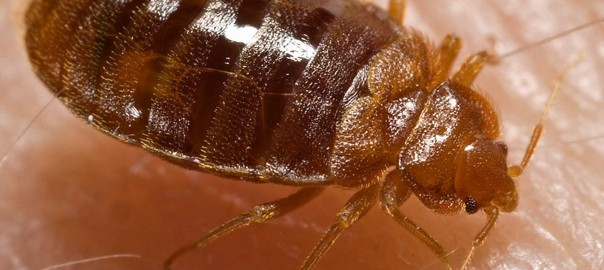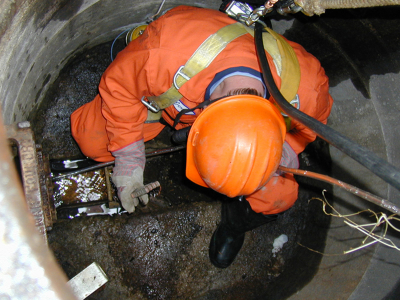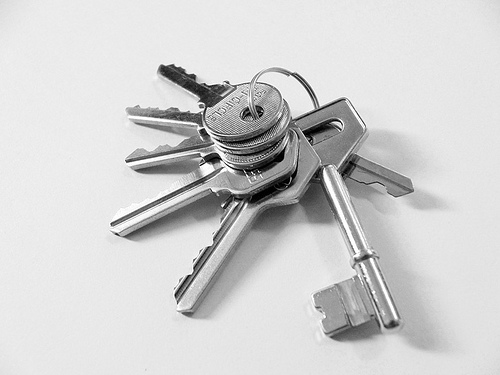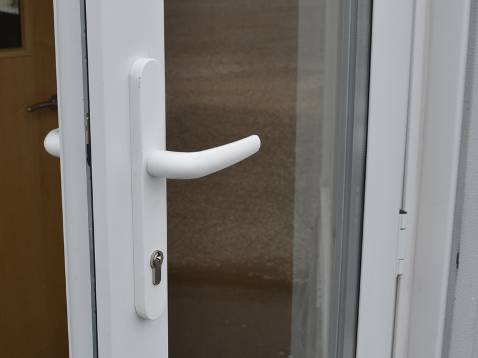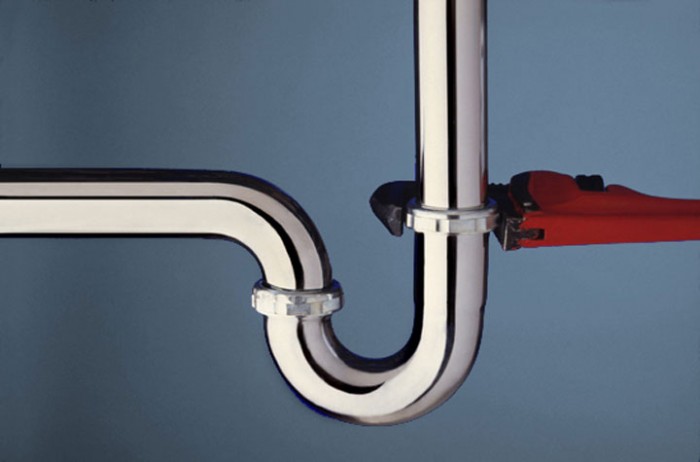There are a number of pests in which are generally more active during different parts of the year. From fleas, bees and wasps in the summer months, to rodents and cockroaches in the winter, it is important to be able to correctly identify a pest in order for it to be treated effectively. That’s why we have answered some of your frequently asked questions below.
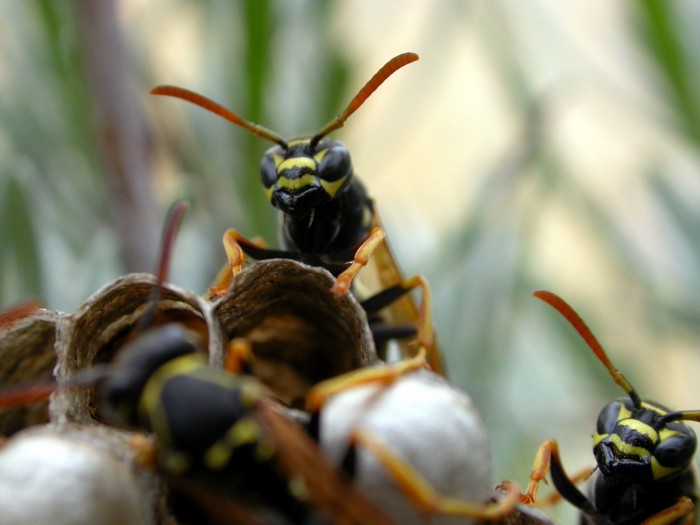
1. What are the differences between bees and wasps?
In regards to their appearance, there are many ways to physically tell bees and wasps apart from one another. Bees are generally large and fluffy insects, with their hairy bodies making it ideal for holding on to pollen as it is carried from one area to another. Wasps bodies in comparison are sleeker and more streamlined for hunting, as although they still feed on nectar and pollen, they additionally hunt in21sects, flies and even caterpillars in order to feed their young. One of the main differences between bees and wasps is that wasps can become aggressive or agitated when they feel their nest may be under threat. However in comparison, honey bees are generally gentle creatures, in which are too busy working to worry about harming others.
2. How can I tell if I have a problem with bees or wasps?
There are a few ways to tell if you have bees or wasps lurking in your home, from checking your attic or loft for a wasps nest, in the dark and dry corners of your property, as wasps prefer to build their nests here (although bees able to build their nests anywhere). Alternatively, if you notice structural damage to your property such as holes in the walls and damaged mortar between bricks, it is likely that you are suffering from a masonry bee infestation. These bees drill into the brick work to create cavities in order to build their nests.
3. How are bees and wasps treated?
Wasps can be treated by a fully certified pest controller with a powder based insecticide. The powder is initially ‘fogged’ into the entrance of the nest, in turn causing the wasps to then transfer this treatment deep into the nest and feeding it to the queen; this will kill the entire nest. Generally treatment is not given to honey or bumble bees, as the preferred method of dealing with these bees is via the local Bee Keeping Association. However, treatment may be given to masonry bees without any prior contact, as they can potentially cause structural damage such as holes in the walls or damaged mortar between bricks, therefore should be dealt with immediately.
Treatment of bees and wasps can however be dependent on:
- The environment they are inhabiting
- If the local Bee Keeping Association has been contacted prior to the treatment
- Being able to destroy the queen in order to kill the entire nest
- Treatment requiring more than one visit
4. What are the different types of bees?
There are three different species of bees that may prompt the need for a pest control company:
• Honey bees have a fluffy head with a smooth body. They are black and yellow-orange in colour and may build their nests anywhere.
• Bumble bees are the largest of the bee species. Fluffy all over, black with yellow bands and may their build nests anywhere.
• Masonry bees are the smallest of the bee species and are black and orange in colour. These bees drill into brick work to create cavities to build nests, potentially causing structural damage and considered to be a pest to your property.
5. Are wasps nests dangerous?
The wasps nest itself is not dangerous, however, if a wasp feels that its nest may be under threat, they will more than likely to try and warn you off by stinging you. It is suggested that if you do come into contact with a wasp, you should never try and harm them, especially if you are allergic to a wasps sting, as the results could be fatal. The temper of the wasp nest is determined by the queen. If she is particularly aggressive, this behaviour will be passed onto her offspring and the entire nest in turn will become very aggressive and will sting any ‘intruder’ multiple times if needed, simply to protect their nest.
6. Why do I need to contact my local bee keeping association before I can have wasps or bees removed?
The local Bee Keeping Association should be contacted prior to any treatment as they may be able to remove the pest whilst preserving its life.
7. What is the British Beekeepers Association and what do they do?
The British Beekeepers Association (BBKA) was founded in 1874, representing the interests of 24,000 amateur beekeeper members and the 3 billion honey bees they care for when pollination activity reaches its peak. Throughout England, there are over 66 local area associations who serve their local community with support and education in the importance of bee preservation.
The British Bee Keeping Association can also offer help and advice for dealing with both bees and wasps. However, beekeepers are unable to remove any of the following:
• Wasps
• Bumble Bees
• Solitary Bees
• Hornets
If you suspect you may have a swarm of honey bees, The British Bee Keeping Association provide further information on their website to determine if it is a honey bee problem in particular. This is because there are many insects which look remotely similar to honey bees, often not causing any problems and unable to be treated by the swarm collectors; beekeepers are only able to provide assistance in the case of honey bee swarms. After confirming that you have a honey bee swarm, simply enter your postcode and the most local swarm collectors will be sourced to resolve your problem.
8. Why is it necessary to wait at least 24 hours after discovering a bees or wasps nest to have it treated?
It is normally suggested that the customer should wait at least 24 hours before contacting a pest controller about a bees or wasps nest as generally they tend to move on during this time period. If they are still prominent after 24 hours, then it is suggested that the customer contacts the British Bee Keeping Association first, and then a pest controller after this.
It is important to make sure all pest problems are treated by a professional and reputable pest control company to ensure pests are treated safely and efficiently. We recommend nationwide pest control company, TDC Pest Control.





